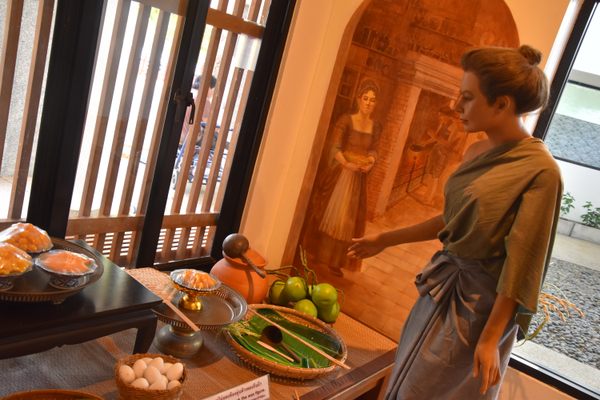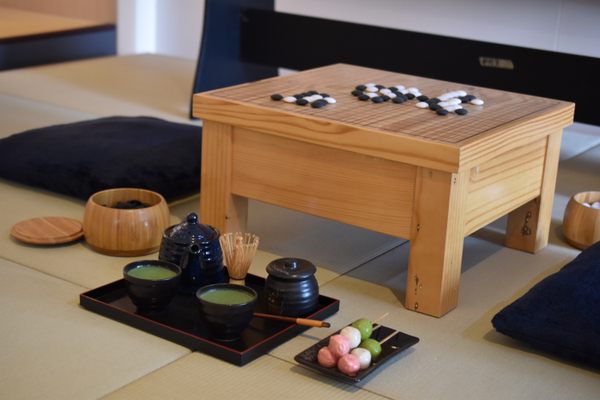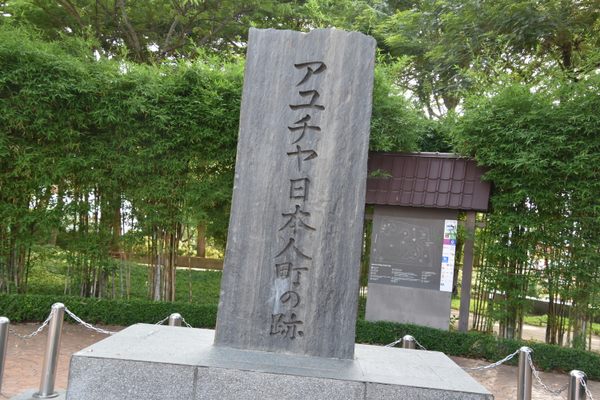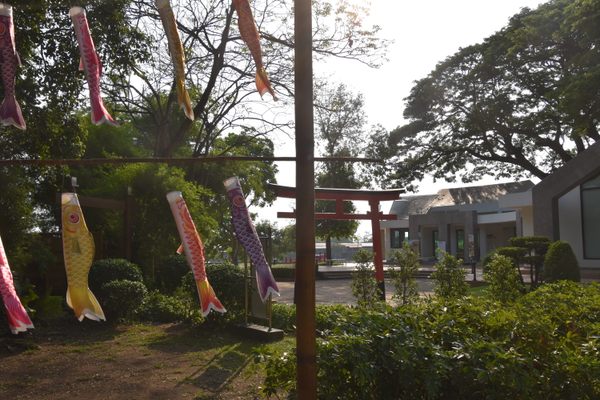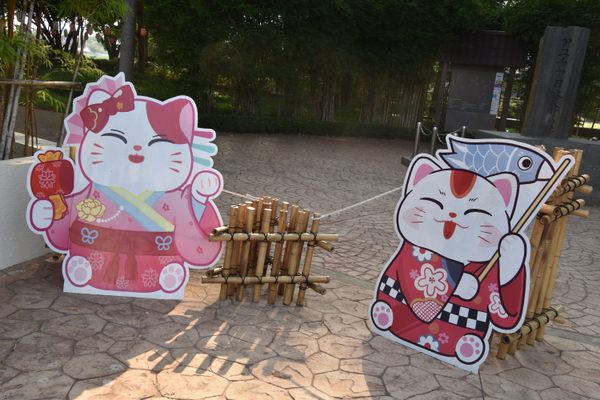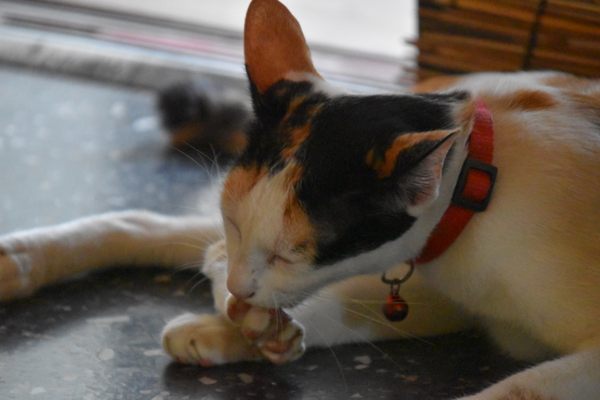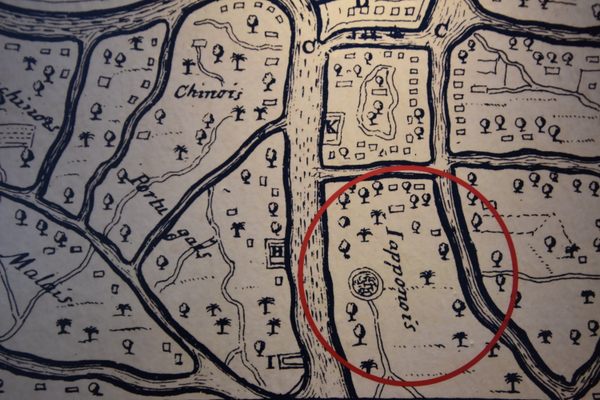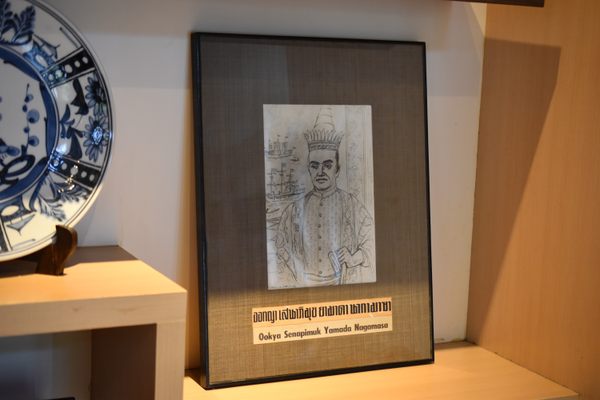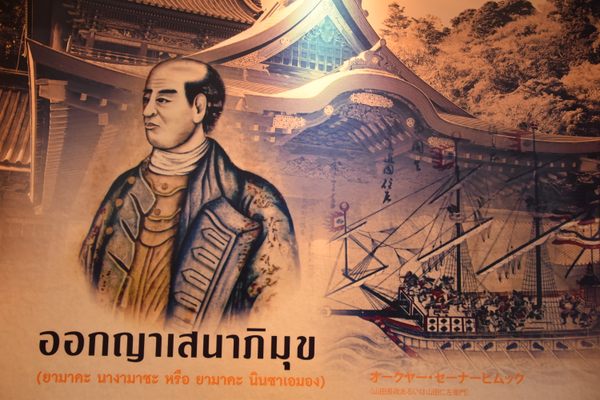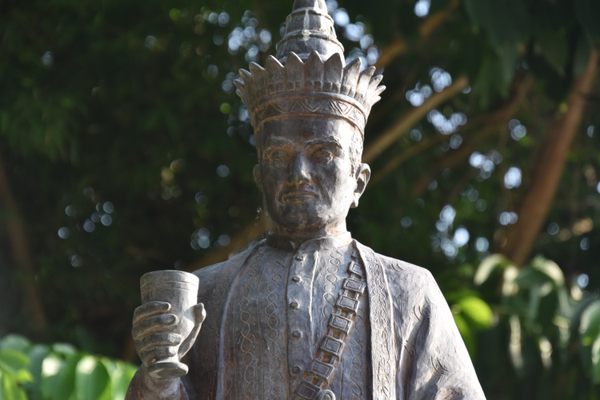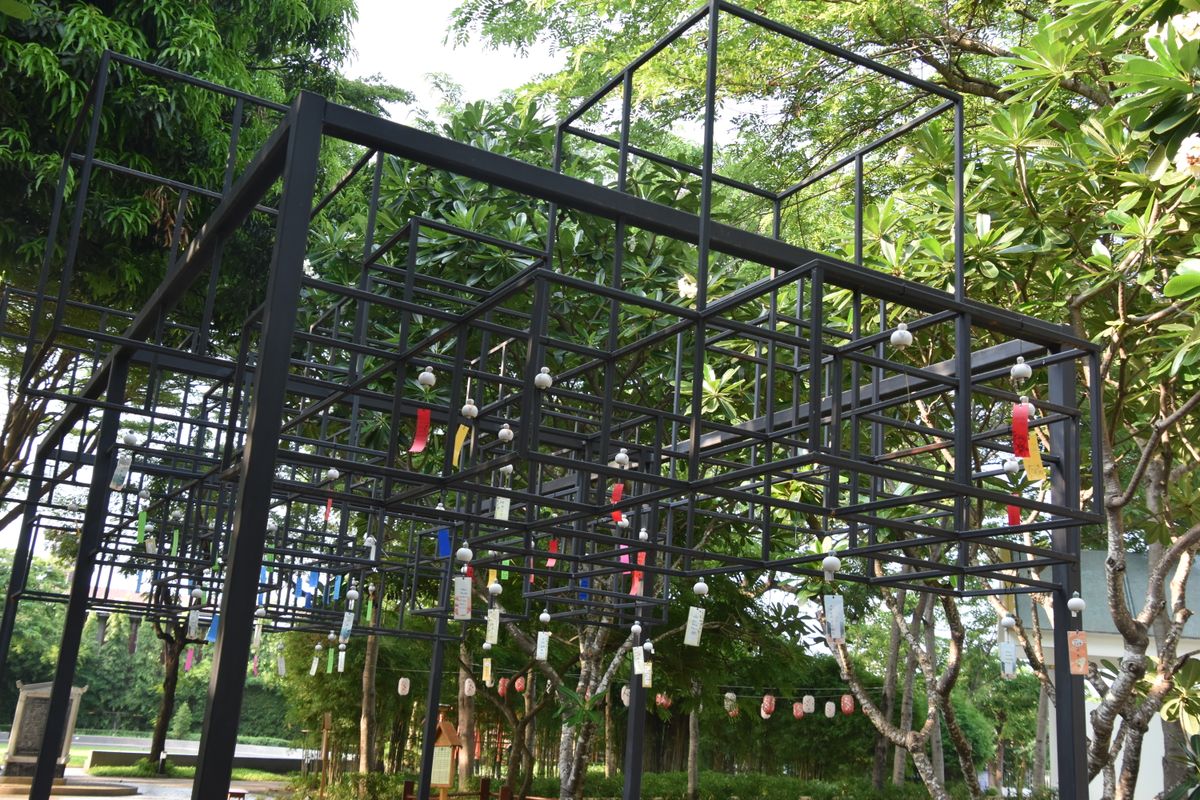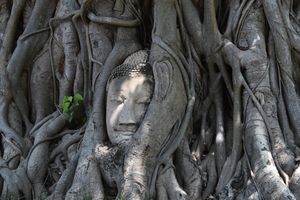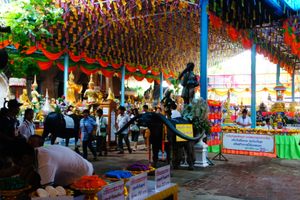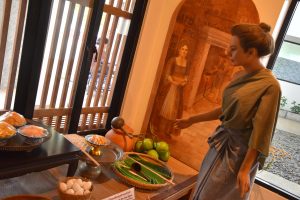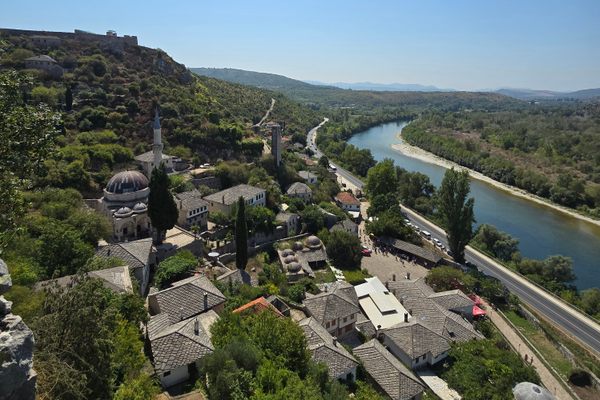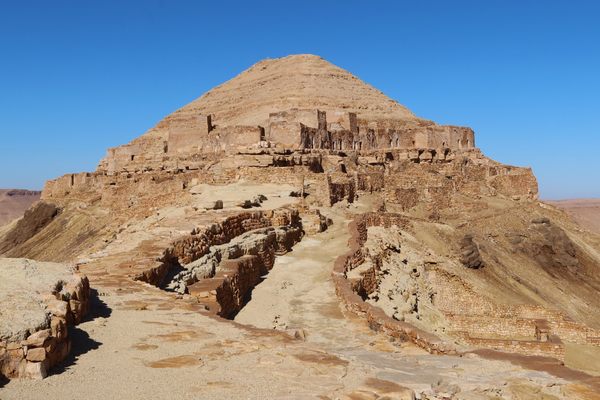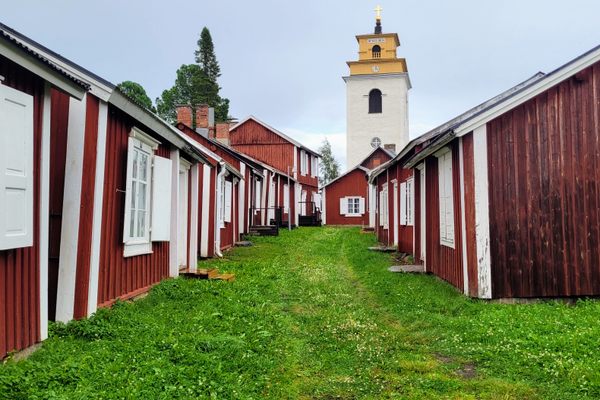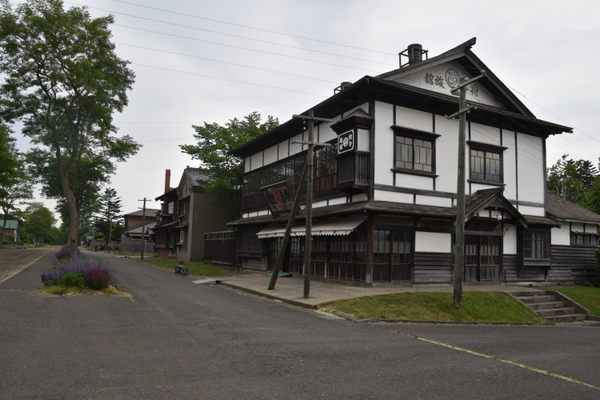About
During the Warring States period of Japan (1467-1590), many samurai lost their lords and became rōnin—masterless warriors. Meanwhile, in Thailand, the kingdom of Ayutthaya was in desperate need of military reinforcements as the Toungoo dynasty of Burma continued its invasion. Sharing common interests, the king welcomed hundreds of masterless samurai to his army as mercenaries.
At the same time, unrelated to the Burmese-Siamese Wars, many Japanese merchants came to Ayutthaya to export high-quality swords while importing Thai silver, ceramics, and leatherware. It was not long before a Japanese village was formed on the southeast side of the Chao Phraya river, opposite the Portuguese settlement.
It is generally believed that the Japanese population in Ayutthaya was around 1,500, while some contemporary sources claim that it came close to 8,000 at its height. It mainly consisted of mercenary samurai, traders, and the Christian community fleeing the Tokugawa shogunate's oppression.
From 1617 to 1630, the Japanese Village was governed by Yamada Nagamasa, a samurai adventurer and pirate who fought under King Songtham as a mercenary and rose to the rank of Ok-ya Senaphimuk. There are several legends concerning this samurai, from his romance with a Siamese princess to his burying his treasure on the east coast of Australia, though historians consider these unlikely.
Another notable figure in the Japanese Village's history is Maria Guyomar de Pinha, also known as Thao Thong Kip Ma. A Siamese woman of mixed Japanese-Portuguese-Bengali ancestry, she married Constantine Phaulkon, a Greek minister in the royal court of Ayutthaya, and worked as a cook in the palace. She is remembered for having introduced new Portuguese-style desserts to Siamese cuisine, such as curry puff, foi thong, thong muan, sangkhaya, and khanom mo kaeng, which are still widely known today.
As soon as the usurper king Prasat Thong rose to his power in 1629, however, he sought to restrain the Japanese Village's influence on local trade. First, Yamada was exiled to Nakhon Si Thammarat after opposing the king's enthronement. He was assassinated one year later. Not long after, the settlement was burned to the ground and its inhabitants massacred, suspected of plotting a rebellion.
The Japanese lost its military and political power in Ayutthaya after this incident, and despite some 400 traders rebuilding the Village in the 1630s, the settlement never flourished again and went completely defunct by the early 18th century. With many of the remaining inhabitants marrying Thai people and never going back home, what was left of the Japanese eventually disappeared, becoming naturalized into the local Siamese population.
Today, nothing of the once-thriving settlement remains, but the site has been maintained as a cultural memorial park known as Ban Yipun, or the Japanese Village. It is composed of a small museum, a Japanese restaurant run by Oishi, several monuments including a bronze statue of Yamada, as well as torii arches, wind chimes, carp streamers, and a small Japanese-style garden.
Related Tags
Community Contributors
Added By
Published
June 16, 2023
